Oman compares favorably with the rest of the Persian Gulf countries. Unlike the "sterile" UAE and the closed Saudi Arabia, Oman has retained its identity and has been able to provide a high standard of living without turning into a stone jungle or a completely theological state.
Oman has a rich and rich history, so the traveler is waiting for active excursion routes to the places where the Queen of Sheba ruled and Sinbad the Sailor set off on a fabulous voyage. A real sultan rules in Oman, who pays a lot of attention to ecology. There are many national parks in the country where rare animals live: Arabian tahr, ash falcon, giant sea turtle, leopard, striped hyena. Also, Oman is a real paradise for divers, not inferior to the beauty of the underwater world of Egyptian resorts.
Oman offers impeccable service of comfortable hotels, picturesque and well-groomed urban space, well-maintained beaches and interesting excursions to historical places.
What to see in Oman?
The most interesting and beautiful places, photos and a brief description.
Sultan Qaboos Mosque
Considered a masterpiece of modern architecture in Oman. The temple was built at the own expense of Sultan Qaboos bin Said, who in 1993 decided that his country needed its own Great Mosque. The construction was completed in 2001. The building accommodates 6.5 thousand believers, while the outer area for prayer is designed for 8 thousand people.
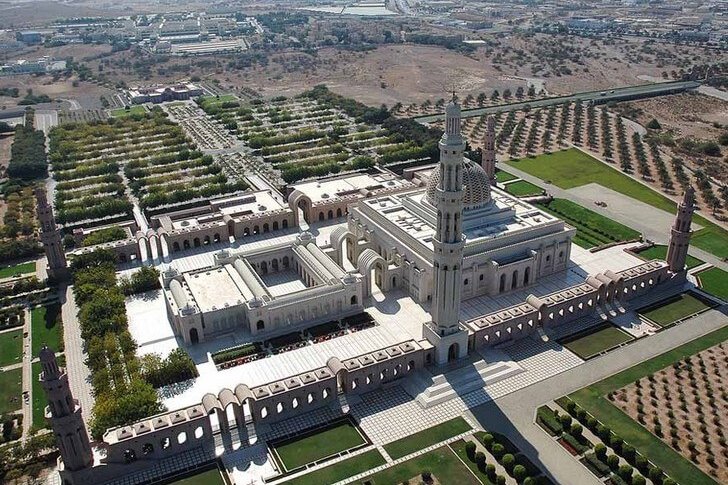
Address: Sultan Qaboos Mosque, Oman, Oman
Opening hours: 08:00 - 11:00, 16:00 - 19:00
Bahla fortress
Medieval citadel of the XIII century in the city of Bahla (the former capital of Oman). It is assumed that the Nabhani dynasty ruling at that time was located in the fortress. Bahla was part of the defensive line at the foot of the Jebel Akhdar mountains. In the 80s. XX century, the Omani government allocated more than 9 million dollars for restoration, but the restoration work cannot be completed until now.
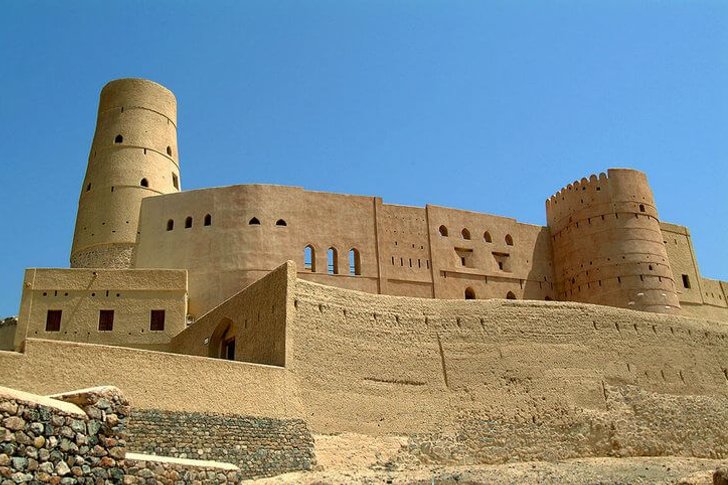
Address: Bahla fortress, Oman, Oman
Opening hours: Saturday to Thursday: 8:00 - 18:00, Friday: 8:00 - 11:00, 13:00 - 17:00
The Corniche in Muscat
A very picturesque street on the coast of the Gulf of Oman in the country's capital. The embankment is decorated with fountains, openwork gazebos, sculptures. Here is the Al-Alam Palace, built over 200 years ago. In the evening, the lights turn on, tourists and locals pour into the Corniche to enjoy an evening walk.
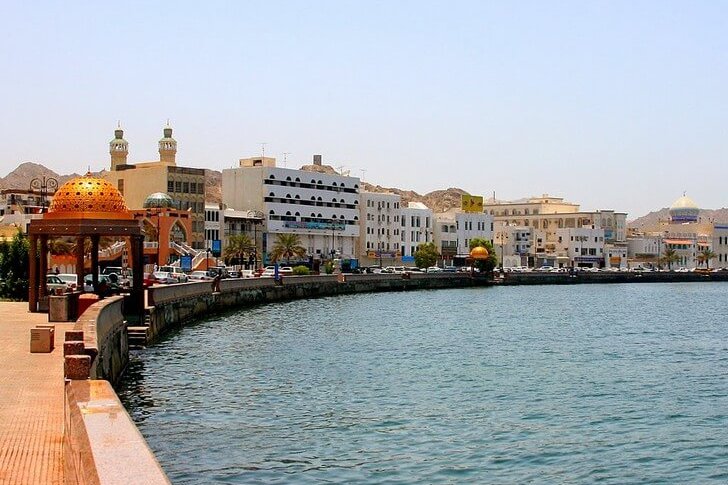
Address: The Corniche in Muscat, Oman, Oman
Opening hours: 24 hours
Royal Opera House Muscat
A very unusual building. From the outside it seems that this is a palace, the residence of the royal family or a luxurious administrative building, made in the Arab architectural tradition. But this is the place where the classical music of world composers sounds. The Opera House is surrounded by magnificent landscaped gardens, and there is a gourmet restaurant on site.

Address: Royal Opera House Muscat, Oman, Oman
Phone: +968 2440 3300
Opening hours: 10:00 - 18:00
Forts Jalali and Mirani
This is the old port part of the city of Muscat. The forts were built by the Portuguese in the 16th century. For 60 years, they have been their main base and location. After the expulsion of the Portuguese invaders, the Omanis rebuilt some of the structures and still use them for military purposes. Therefore, the entrance to most of the territory for tourists is closed.
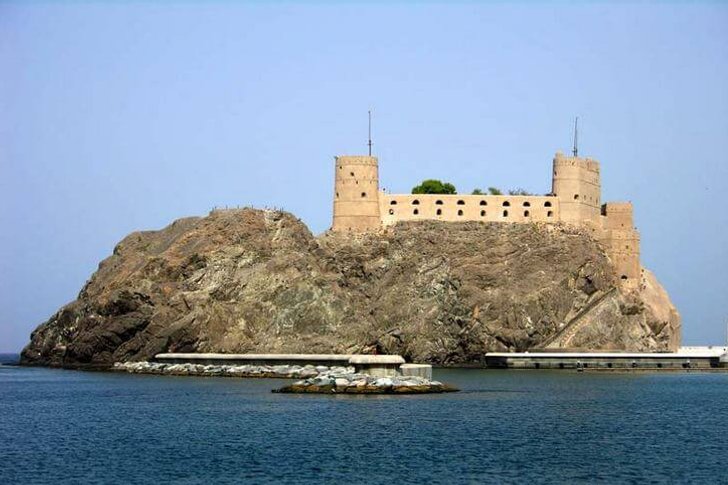
Address: Forts Jalali and Mirani, Oman, Oman
Opening hours: 09:00 - 17:00
Al Alm Palace
The Royal Palace, the residence of the ruler of Kubas bin Said. It is used to receive honorary delegations and heads of state, so free access to the palace is prohibited. But you can admire them from the Corniche during an evening walk. Al-Alam is almost 200 years old and was built during the time of Sultan ibn Ahmed.
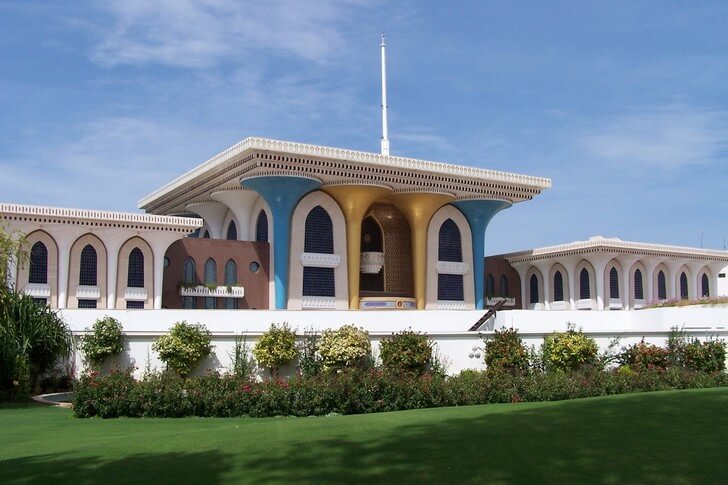
Address: Al Alm Palace, Oman, Oman
Opening hours: 08:00 - 20:00
Fortress (fort) Rustak
A small ancient fort surrounded by high mountains and tropical vegetation. Rustak looks like a long-awaited oasis among the desert mountains; there are many historical sights inside the town. In the 17th century for some time the capital of the state was located here. Rustak Fortress, located on a rocky spur, rises above the city and attracts the admiring glances of tourists.
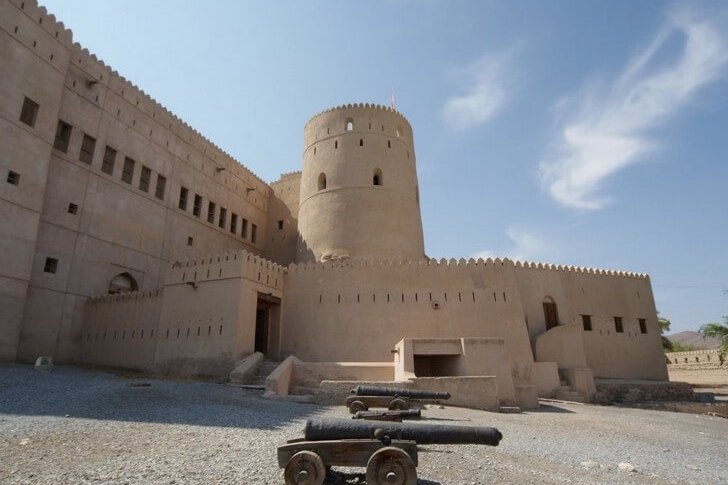
Address: Fortress (fort) Rustak, Oman, Oman
Opening hours: 8:00 - 18:00
Al Huta Cave
Located near the city of Nizwa. The age of the cave is almost 2 million years. Organized guided tours lead here, who will tell you about the origin, rocks and secret entrances to the cave. There are several underground lakes in Al Khut, where quite rare species of blind fish live. A small geological museum is open at the cave.
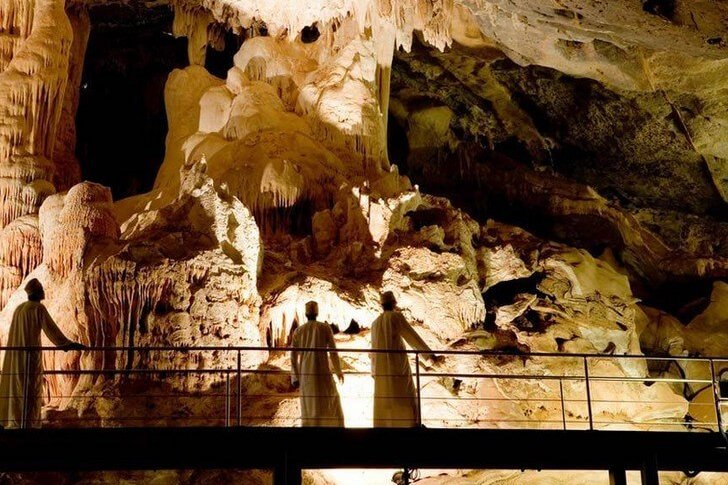
Address: Al Huta Cave, Oman, Oman
Opening hours: 9:00 - 17:00
Wahiba Desert
Endless expanses of sand dunes, stretching for almost 190 km. south of Muscat. The dunes constantly change color from luscious amber to pale orange and move around. On the outskirts of the desert there is a large oasis of Al-Khuwaya, where date and banana groves grow. Several local Bedouin families look after them.
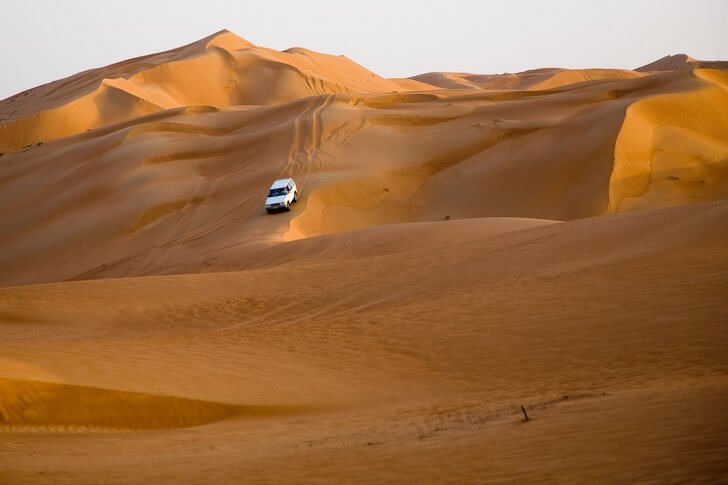
Address: Wahiba Desert, Oman, Oman
Opening hours: 24/7
Mathrah Market
A traditional Arabic colorful oriental bazaar with a classic entourage: narrow streets, merchants' shops where you can buy anything, endless labyrinths and interweaving of passages filled with people. Mathrah is considered the oldest Omani market. Here you can buy fragrant Omani coffee, antiques, sandalwood items, and jewelry.
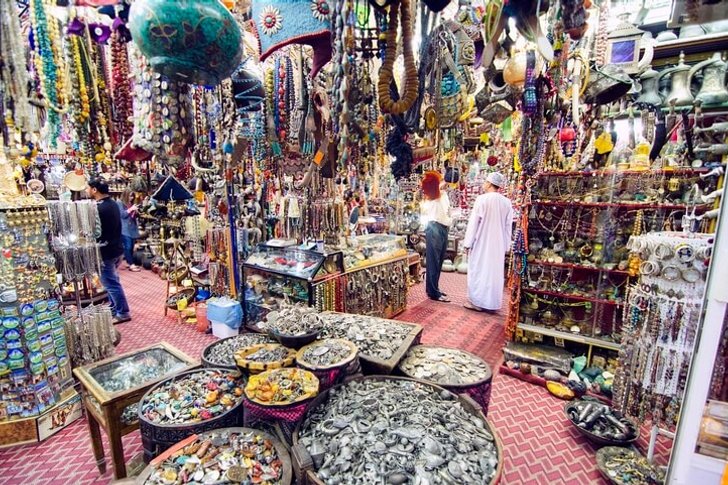
Address: Mathrah Market, Oman, Oman
Opening hours: Saturday to Thursday: 8:00 AM - 1:00 PM, 4:00 PM - 10:00 PM; Friday: 4:00 PM - 10:00 PM